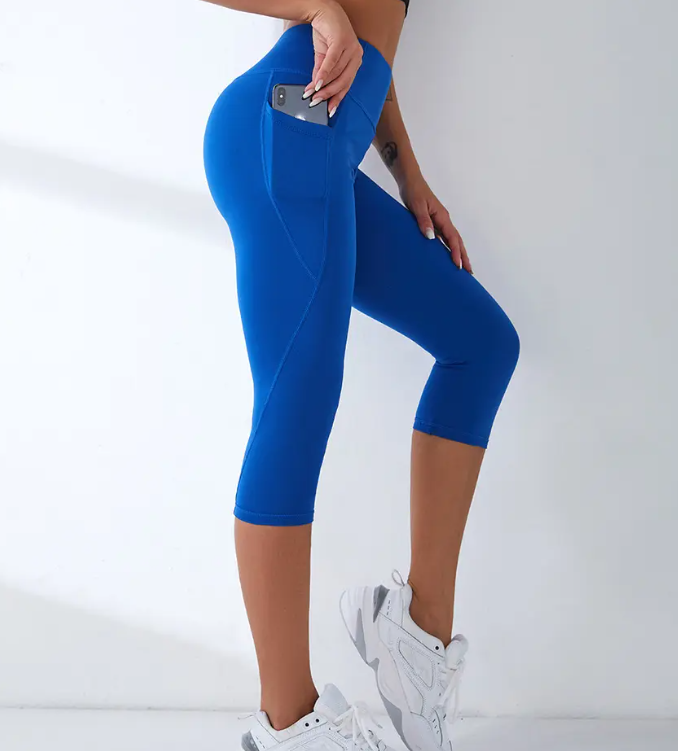When it comes to engaging in physical activities, having the right sports bra is not just a matter of comfort but also essential for optimal performance and breast health. A well-fitting sports bra provides the necessary support, reduces discomfort, and helps prevent potential damage. In this article, we will explore in detail how a sports bra should fit to ensure you get the most out of your workouts.

The first and most crucial aspect of a proper sports bra fit is the band. The band should sit snugly around your ribcage, providing a stable foundation. It should be firm but not overly tight to the point of causing discomfort or restricting breathing. To test if the band fits correctly, insert a finger between the band and your body. If it's too loose and you can fit more than one finger easily, the band is not providing enough support. On the other hand, if it's so tight that you can't fit a finger, it's likely to cause chafing and discomfort over time.
The shoulder straps of a sports bra also play a significant role in the fit. They should be wide enough to distribute the weight evenly and prevent digging into your shoulders. Adjustable straps are ideal as they allow you to customize the fit to your body shape. The straps should offer enough tension to lift and hold the breasts without causing excessive pressure or pain. Make sure they stay in place during movement and don't slip off your shoulders.
The cups of the sports bra should fully encapsulate your breasts without any spillage or bulging. A good fit means that the fabric should smoothly cover the breast tissue and provide a seamless look. If the cups are too small, it can lead to uncomfortable compression and potential rubbing. Conversely, if they are too large, the bra won't offer the necessary support, and your breasts may move around more than they should during exercise.

Another important consideration is the closure. Front closures, back closures, or racerback designs all have their advantages, but the key is that it should be secure and easy to fasten and unfasten. A secure closure ensures that the bra stays in place during intense workouts and doesn't come undone unexpectedly.
When trying on a sports bra, it's essential to move and simulate the activities you'll be doing while wearing it. Jump up and down, do some side-to-side movements, and raise your arms overhead. If the bra shifts, rides up, or causes any discomfort during these tests, it's likely not the right fit.
Different sports and activities also require different levels of support from a sports bra. For low-impact activities like yoga or walking, a bra with light to moderate support might suffice. However, for high-impact activities such as running or aerobics, you'll need a bra with maximum support and compression to minimize breast movement.
It's also worth noting that breast size and shape can vary greatly among individuals. Therefore, it's not a one-size-fits-all approach when it comes to sports bra fitting. Brands and styles may fit differently, so it might take some trial and error to find the perfect one for you.
In conclusion, a well-fitting sports bra is an investment in both your comfort and performance during physical activity. Taking the time to find the right size and style that suits your body and activity level can make a significant difference in your workout experience and overall breast health. So, make sure to measure accurately, try on various options, and choose a sports bra that fits like a second skin, allowing you to focus on achieving your fitness goals without any distractions or discomforts.



